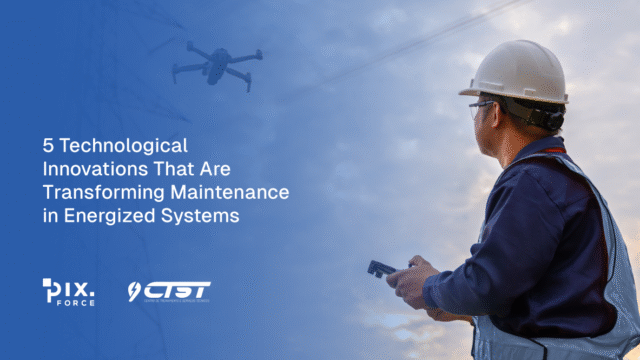In energized systems, the inspection of lines and substations is the starting point for maintenance: everything begins with the collection of evidence in the field to support corrective and preventive decisions, increasing the reliability of the electrical system.
Well-executed inspections feed into maintenance planning, reduce failures and prevent operational losses, including penalties for downtime. Record quality and technical clarity are therefore non-negotiable.
This guide brings together good inspection practices by integrating traditional methods with technological resources. The expected result is simple: reduce risk, prioritize interventions and gain efficiency without neglecting safety in energized environments.
Conteúdo
Work planning
Depending on the reality of each company and the country in which it operates, line and substation inspection plans must comply with standards, criteria, internal documents and applicable regulations.
Objective: to decide “what, when and how” to inspect, with discretion.
- Prioritization by risk: load served, history and reliability indicators.
- Scope and operational window: lane, critical spans, sensitive areas, crossings and bays.
- History and context: latest findings, OS, climate and vegetation.
- Method selection: terrestrial visual, IR thermography, ultrasound/PD, UV-corona, LiDAR, drones and online sensors depending on the risk.
- Criteria, data and responsibilities: defined taxonomy and deadlines, complete metadata, robust analysis system, trained staff and well-defined roles
In the preliminary checklist, don’t forget to align routes and responsibilities with the team. It’s also important to check authorizations and ensure that all instruments are calibrated and suitable for the tasks. If a drone operation is involved, prepare the flight plan in advance. Also, be sure to record the risk matrix and have the report template ready to speed up subsequent analysis.
Safety first
According to the applicable regulations, every activity must begin with a formalized APR and Work Permit, a PPE/EPC check and a weather check. Thus, the decision to proceed or not must be based on objective risk criteria and clear records.
In addition, on energized systems it is essential to respect approach limits and adopt the correct method with qualified staff. Even if operational demand is high, do not carry out live line maintenance activities at night or in the rain. Strong wind, dense fog, atmospheric electrical activity and low lighting are all go/no-go factors.
Next, ensure effective communication and area isolation: initial briefing, tested means of communication, visible signage and access control in substations reduce coordination failures and undue exposure of third parties. Therefore, each stage must take place under the same operational language.
Finally, rescue and emergency must be clearly known to everyone. In the event of an incident, call the emergency services before attempting any technical rescue. In short, safety is not an add-on in the inspection of lines and substations, but its central axis.
Execution in the field: what to watch out for?
Structures and supports: On poles and towers, check for plumbness, cracks, corrosion and the integrity of the foundations. On fittings, check for deformation, looseness and missing fixings. On timber, inspect the base (excavation/softening). Record photos with a repeatable scale and angle.
Conductors and connections: Check for hot spots, broken wires, skinning and heated splices. Evaluate accessories (spacers, dampers) and the integrity of the lightning/OPGW cable. Prioritize thermography for screening and high-resolution visual detail to confirm.
Insulators: Check insulators for cracks, contamination, leakage marks and misalignment. Where applicable, supplement with UV-corona and ultrasound/PD. Classify severity when registering.
Substation equipment. In transformers, scan bushings/radiators and look for leaks. Abnormal noises may prompt a more in-depth assessment. On circuit breakers/disconnectors, inspect terminals/bars. Focus on points of high resistance and cleanliness/contamination. Go through the bays, with a checklist for each piece of equipment and photographic evidence with tags.
Easement strip and vegetation. Map intrusions, regrowth and “dangerous” trees considering minimum safety distances. Document with coordinates and comparable photos to support the pruning/cleaning plan.
In general, check the feasibility of adopting double-check sampling (two inspectors on the same item) and use a single report template for consistency of analysis. This speeds up prioritization and increases the efficiency of operations.
Technology at the service of life
Technological resources are a means of standardizing evidence, reducing exposure and gaining speed with quality. In line and substation inspections, computer vision solutions automatically screen images, highlighting likely anomalies and organizing metadata. Combined with drones with repeatable routes, photogrammetry and even LiDAR, they deliver comparability between campaigns and better targeting in critical areas. These approaches increase the predictability of the process and the quality of the evidence.
The practical result is a faster and more consistent report execution cycle. AI platforms speed up analysis, maintain image traceability and integrate into the maintenance workflow (structured reports, prioritization by risk and routing for execution), shortening the time between finding and intervention.
In terms of operational safety, the gain is direct: drones access remote areas and zones that are difficult to approach, reducing travel and time spent in energized areas. Flight plans and automatic checks bring operational discipline, while aerial capture improves the reading of components and the surroundings. In practice, risk and cost are reduced without sacrificing technical depth.
Conclusion
In short, good inspection is about looking after systems and people. Training, attention to procedures and clear communication keep staff safe. What’s more, technology extends this care. With drones, sensors and artificial intelligence, we gain reach, speed and better evidence, reducing unnecessary exposure without replacing the expert’s eye. So keep the basics well done and use technology to turn each piece of evidence into a decision at the right time. That way, every inspection becomes prevention.
This article is the result of a partnership between Pix Force and CTST. To continue learning more about technology, safety and efficiency in maintenance, follow our articles.









